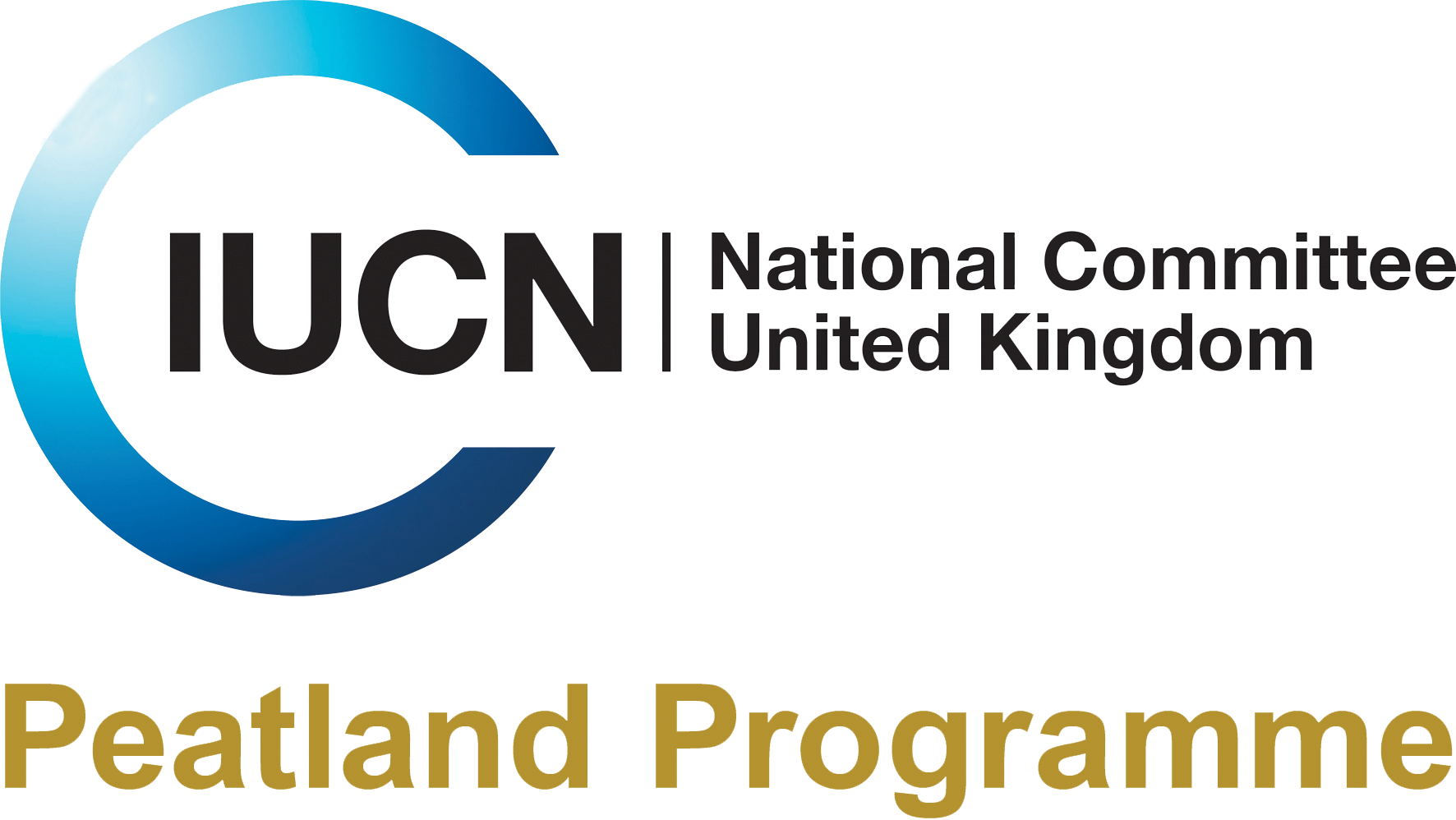Search
Search
Global Peatlands Initiative project: State of the Worlds Peatlands
Global Peatlands Initiative (GPI) launches its Global Peatlands Assessment - The State of the World’s Peatlands - at the United Nations Framework Convention on Climate Change (COP27) taking place…
Peatland addition to the UK GHG inventory adds 3.5% to national emissions
The end of January saw the long awaited, formal inclusion of peatlands in the UK GHG emissions inventory.
Peatland Code
The Peatland Code is a key component of the wider work of the IUCN UK Peatland Programme (IUCN UK PP), which has been promoting the restoration and sustainable management of UK peatlands since 2009. Through strong science, sound policy, effective practice, and collaborative partnerships, the Programme advocates for the many benefits peatlands offer from biodiversity and water quality to climate resilience.
Peatlands and the climate emergency
2019 has seen all four devolved governments across the UK declare a climate emergency.
Cairngorms Peatlands flying high
Restoration management is underway again in the Cairngorms National Park supported by Peatland ACTION after the delays due to the global pandemic.
New guidance for wetter farming on peatlands
The IUCN UK Peatland Programme’s latest briefing, ‘Principles for Sustainable Peatland Paludiculture’, sets out to ensure the multiple benefits of peatlands are realised when managing different…
An update on the Peatland Code
The Peatland Code continues to grow rapidly with 79 projects now registered and 10,300 ha of expected peatland restoration.
Protecting peatlands
Threats to peatlands
Working together for the future of Welsh peatlands
A major programme of works is underway this season to restore peatlands across Wales. Find out what landowners, community groups, schools and volunteers have been up to to deliver positive action…
Wales Peatland Action
The restoration aims for Wales Peatland Action is gathering further momentum as 1650 hectares of peatland are put on the road to restoration in first two years of the programme.
